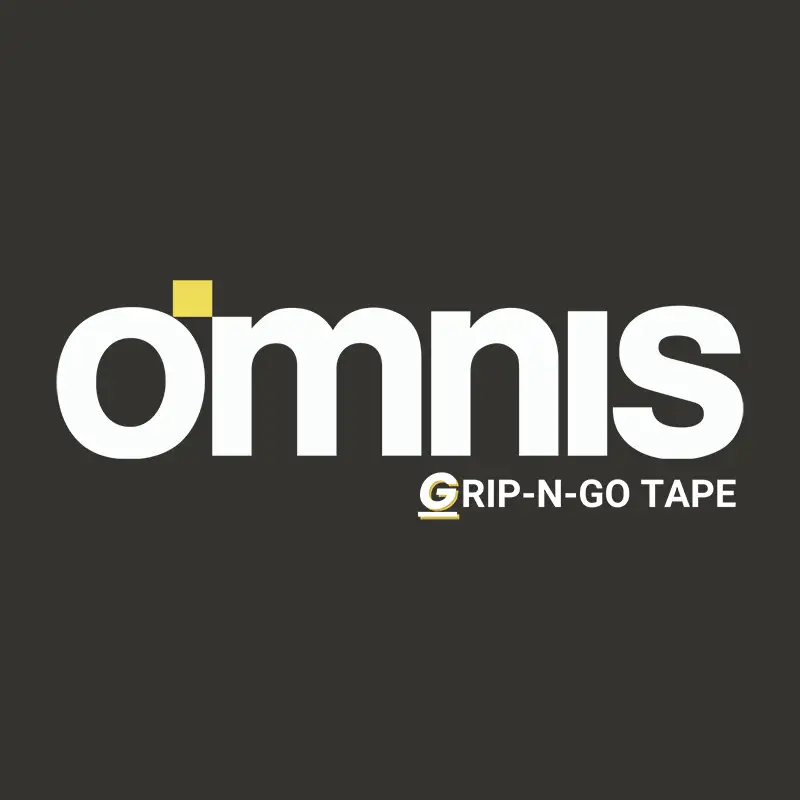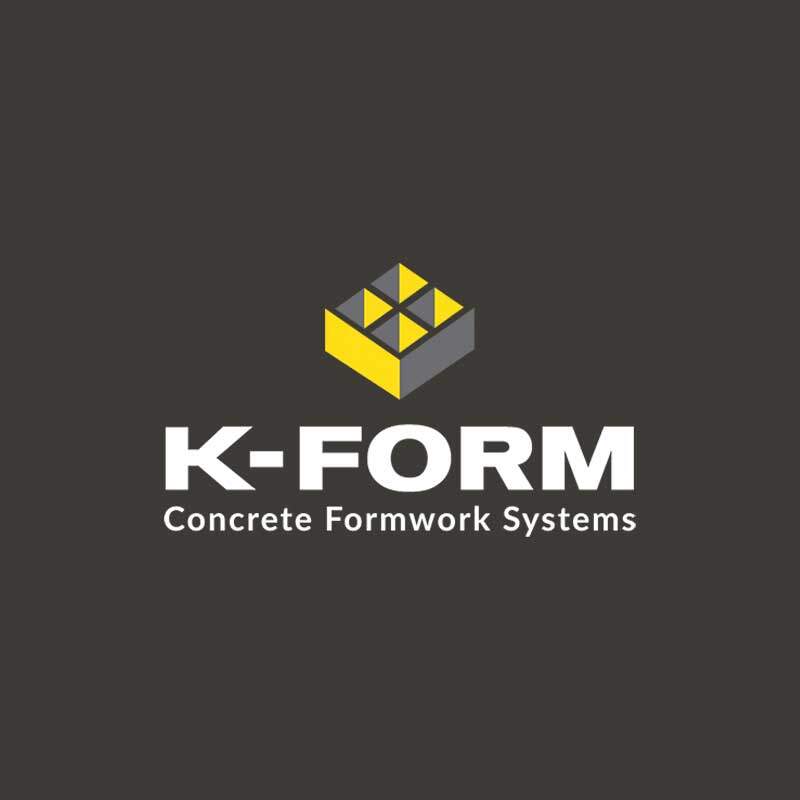Rainscreen System Installation Tips
- Handling – Lift rainscreen panels off of the pallet (do not slide them) when ready to use. To carry them, tip the panels onto their edge and carry them vertically.
- Cutting – Rainscreen panels can be cut on-site with a diamond-tipped blade. A wet saw is not required for cutting Petrarch and Steni. For the cleanest and straightest lines, a guide rail should be used.
- Drilling – Tungsten carbide drill bits are the most effective for on-site drilling for Petrarch panels. A Diamond coated drill bit is most effective for Steni panels.
- Joint Spacing – When installed on a wall, the minimum gap between panels should be 3/8” for Petrarch panels and ¼” for Steni panels to allow room for thermal expansion. At the bottom and top of the wall, there should be ¾” to allow for proper air intake and venting to maintain rainscreen principles.
- Face Fixed Attachment Points – Petrarch panels should have one screw/rivet that is in a fixed point with a smaller drill hole. This fixed point should be close to the center of the panel. The other screws/rivets should be inserted into the exact center of larger, sliding drill holes. This allows the panels to thermally expand and contract without damaging the panels. Due to Steni’s lack of cycling, they do not require a fixed-point hole and all drill holes are the same size.
- Foam Tape – Best practice is to apply foam tape to framing behind the panels. This will prevent any water from being trapped behind the panels and leeching through to the face of the panel.
See prefabricated sections, with façade panels from Steni →










